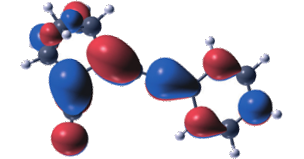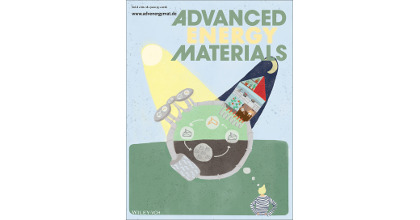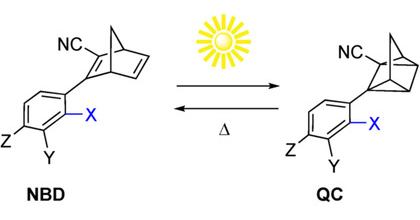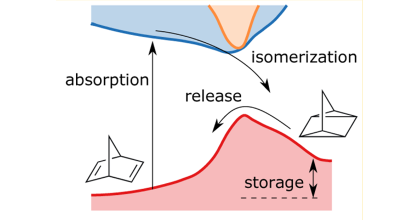Molecular solar thermal energy storage in photoswitch oligomers increases energy densities and storage times
M. Mansø,
A. U. Petersen,
Z. Wang,
P. Erhart,
M. Brøndsted Nielsen,
and
K. Moth-Poulsen
Nature Communications 9, 1945
(2018)
doi: 10.1038/s41467-018-04230-8
Download PDF
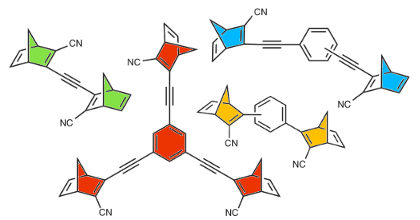
Molecular photoswitches can be used for solar thermal energy storage by photoisomerization into high-energy, meta-stable isomers; we present a molecular design strategy leading to photoswitches with high energy densities and long storage times. High measured energy densities of up to 559 kJ/kg (155 Wh/kg), long storage lifetimes up to 48.5 days, and high quantum yields of conversion of up to 94% per subunit are demonstrated in norbornadiene/quadricyclane (NBD/QC) photo-/thermoswitch couples incorporated into dimeric and trimeric structures. By changing the linker unit between the NBD units, we can at the same time fine-tune light-harvesting and energy densities of the dimers and trimers so that they exceed those of their monomeric analogs. These new oligomers thereby meet several of the criteria to be met for an optimum molecule to ultimately enter actual devices being able to undergo closed cycles of solar light-harvesting, energy storage, and heat release.
